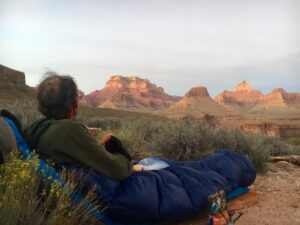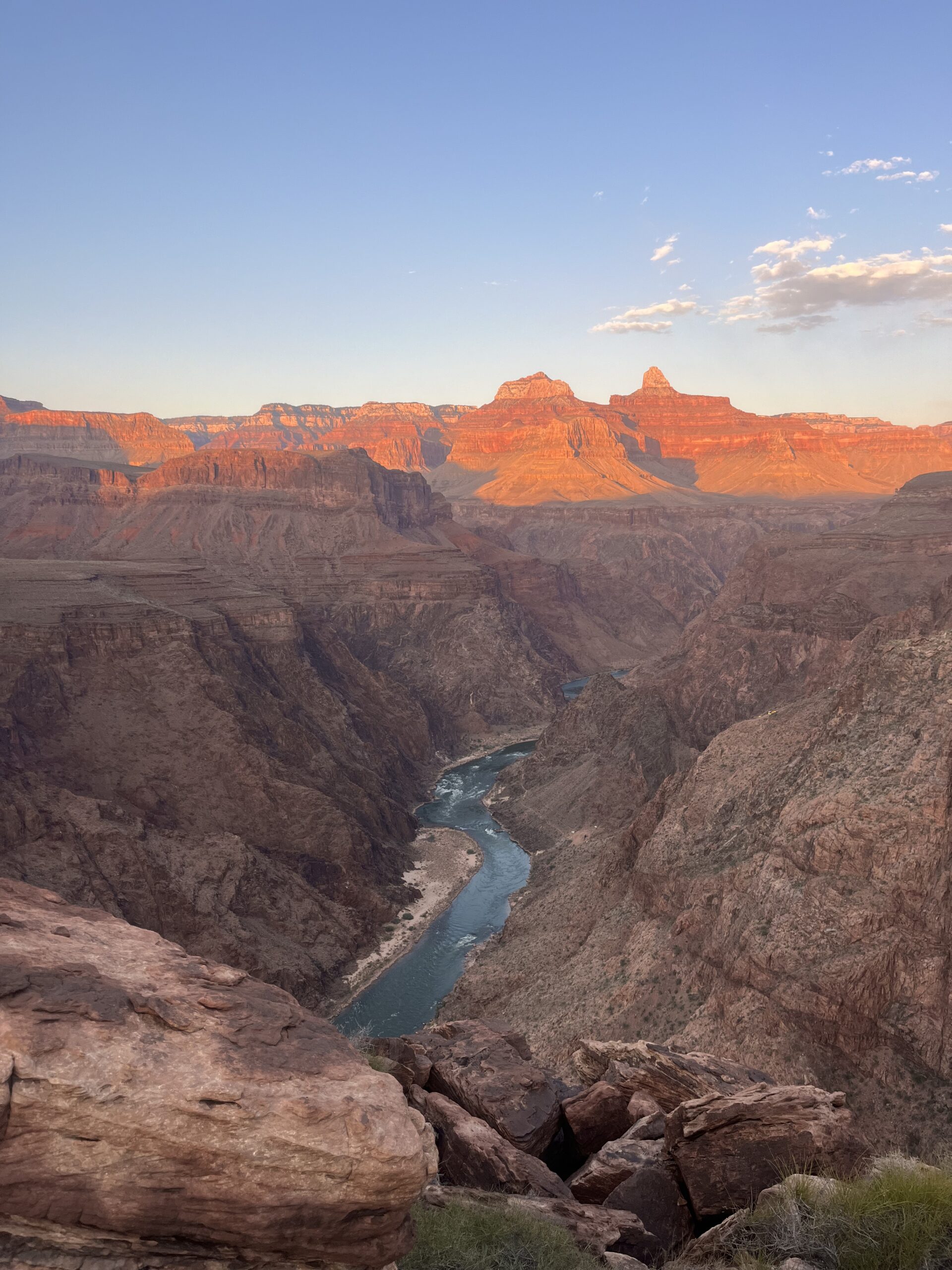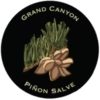Grand Canyon History and Geology: A Journey Through Time
The Grand Canyon is a testament to Earth’s incredible history and geological processes. This post delves into Grand Canyon history and geology, showcasing how millions of years shaped this natural wonder and exploring its significance as one of the world’s greatest landmarks.
A Geological Masterpiece of the Grand Canyon
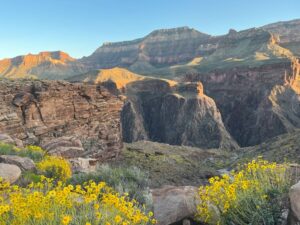 The formation of the Grand Canyon is the result of millions of years of natural processes. The Colorado River began carving its way through the Colorado Plateau approximately 5 to 6 million years ago. Geological forces such as erosion, tectonic activity, and volcanic events played a key role in shaping the canyon.
The formation of the Grand Canyon is the result of millions of years of natural processes. The Colorado River began carving its way through the Colorado Plateau approximately 5 to 6 million years ago. Geological forces such as erosion, tectonic activity, and volcanic events played a key role in shaping the canyon.
- The canyon exposes nearly 2 billion years of Earth’s history. Its rock layers tell the story of ancient seas, deserts, and volcanic activity.
- The oldest rocks, known as Vishnu Schist, date back about 1.8 billion years. These can be found at the bottom of the canyon.
- The canyon’s iconic red, pink, and orange hues come from various minerals in the rock, including iron.
Did you know? The Colorado River, which still flows through the Grand Canyon today, continues to shape and deepen the canyon. However, this process is slower than in its early formation. For enthusiasts of Grand Canyon history and geology, each layer reveals a story of transformation.
Indigenous Roots and the History of the Grand Canyon
 Long before the Grand Canyon became a national treasure, it was home to Indigenous peoples who revered it as a sacred place. The canyon and surrounding areas have been inhabited for over 12,000 years. Evidence of early human presence dates back to prehistoric times.
Long before the Grand Canyon became a national treasure, it was home to Indigenous peoples who revered it as a sacred place. The canyon and surrounding areas have been inhabited for over 12,000 years. Evidence of early human presence dates back to prehistoric times.
- Ancestral Puebloans: Known for their cliff dwellings and rock art, they were among the first known groups to live in and around the Grand Canyon.
- Havasupai Tribe: Known as the “People of the Blue-Green Water,” the Havasupai have lived in the Grand Canyon region for over 800 years. They continue to reside there today.
- Hualapai, Navajo, Hopi, and Paiute Tribes: These groups hold cultural and spiritual connections to the Grand Canyon as part of their ancestral homeland.
The stories of these Indigenous communities intertwine with the history of the Grand Canyon. Together, they offer a rich cultural perspective.
European Exploration and the Grand Canyon’s Story
The first recorded European to set eyes on the Grand Canyon was Spanish explorer García López de Cárdenas in 1540. He was part of an expedition led by Francisco Vázquez de Coronado. The sheer size of the canyon left the explorers in awe, and their attempts to reach the river below were unsuccessful.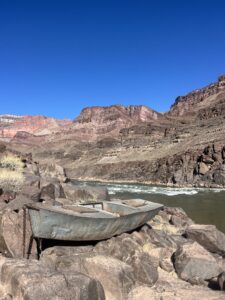
- 1869 John Wesley Powell Expedition: The first successful exploration of the Colorado River through the Grand Canyon was led by John Wesley Powell. A one-armed Civil War veteran and geologist, Powell’s journey provided valuable scientific insight and sparked further interest in the region.
- Mining and Settlements: The 19th century saw various attempts to mine minerals, particularly copper and uranium, within the Grand Canyon. However, these endeavors were largely unprofitable due to the rugged terrain and isolation.
As a result, the Grand Canyon’s history became more centered on exploration and scientific study than on industrial use.
Preserving the Grand Canyon’s Natural and Historical Significance
The idea of protecting the Grand Canyon began to take shape in the late 19th century. Early conservationists like John Muir and President Theodore Roosevelt championed its preservation.
- 1903: President Theodore Roosevelt famously visited the Grand Canyon and declared, “Leave it as it is. You cannot improve on it. The ages have been at work on it, and man can only mar it.”
- 1919: The Grand Canyon was officially designated as a national park by President Woodrow Wilson. This made it the 15th national park in the United States. This milestone ensured the protection of its unique landscapes and wildlife.
Consequently, the Grand Canyon stands as a testament to the enduring efforts to preserve its natural beauty and significance.
Conclusion: Grand Canyon History and Geology’s Legacy
The Grand Canyon’s history and geology reveal a story of resilience, exploration, and reverence. From its ancient rock layers to its cultural significance, the Grand Canyon continues to inspire millions of visitors each year. Whether you visit to hike its challenging trails, raft its mighty river, or simply take in the view from the rim, this natural wonder leaves an indelible mark on all who experience its grandeur.
Explore our backpacking trips and day hikes to dive deeper into Grand Canyon history and geology. Let us guide you through the breathtaking landscapes and stories that make this destination so unique.
Take a hike and learn all about this while immersed in one of the most iconic landscapes on the planet!